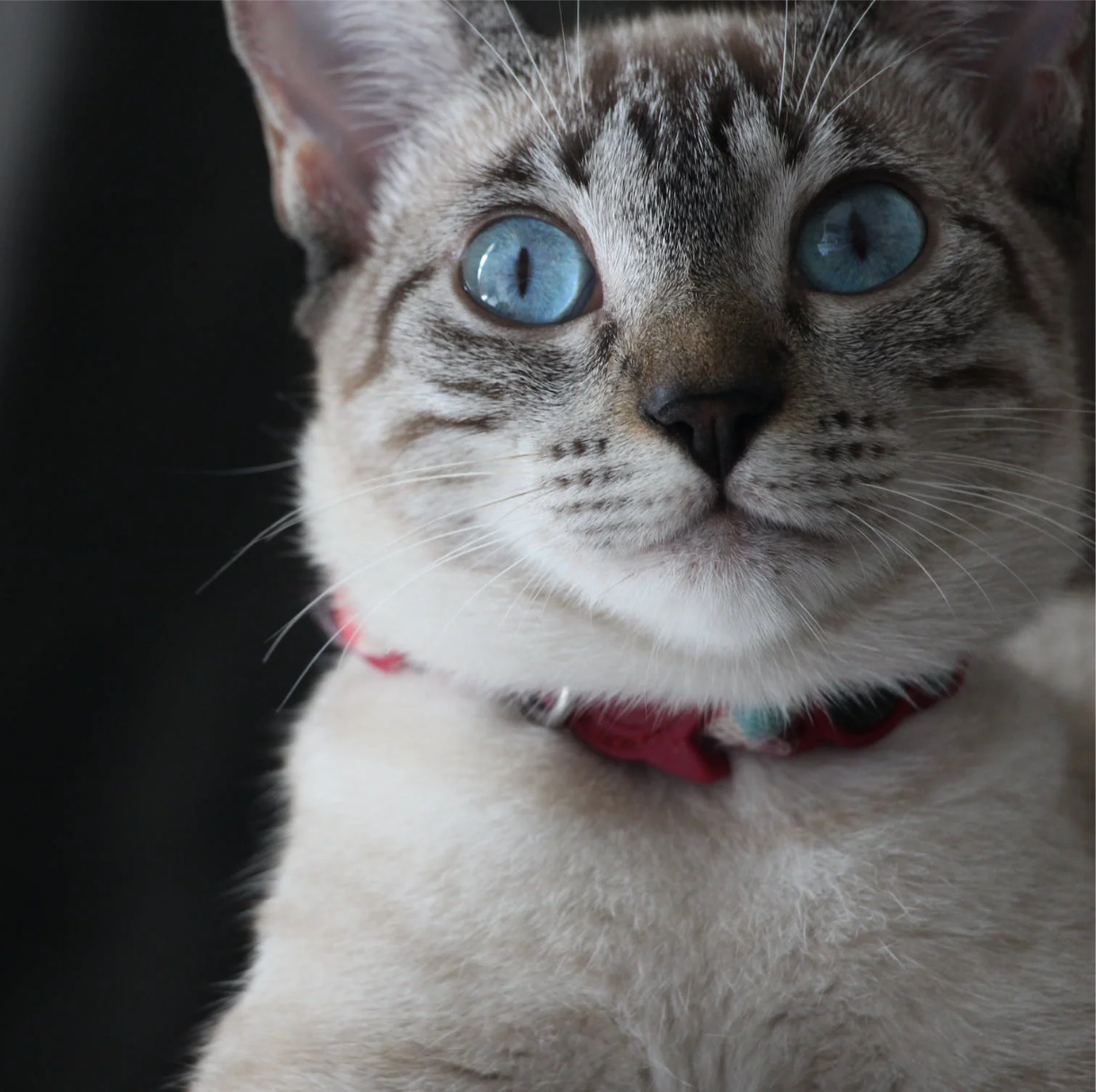Comprehensive Oral Health Assessment & Treatment FAQs
Below you will find the most commonly asked questions to help you save time and get instant answers. If you need further information, please reach out to connect with us.

Frequently Asked Questions
Why is dental care important for my pet?
What does dental disease mean?
What does periodontal disease mean?
Periodontal disease refers to inflammation and infection of the tissues surrounding and supporting the teeth. It is caused by plaque buildup on teeth which leads to infection of the gums and tooth sockets. If left untreated, periodontal disease can lead to tooth loss and damage to the bone.
The stages of periodontal disease in pets include:
- Gingivitis: inflammation of the gums, characterized by redness, swelling, and bad breath. It is the only stage that is reversible with proper treatment and at-home dental care.
- Periodontitis: infection and inflammation of the gums and tooth sockets. It leads to loss of attachment between the teeth and gums and bone loss. It is not reversible but can be managed long-term with treatment and home care.
- Severe periodontitis: severe infection leading to significant bone loss, abscesses, and eventual tooth loss if left untreated. Treatment at this stage may be more complex.
What are the signs of dental disease?
What can happen if dental disease goes untreated?
When should I start taking care of my pet’s teeth?
What are some at home dental care options?
- Teeth brushing: A soft-bristled pet toothbrush or finger brush are ideal for brushing teeth.
- Toothpaste: Enzymatic toothpastes formulated for pets. Human toothpastes can not be used as it is toxic to pets
- Dental wipes
- Water additives
- Dental diets
- Dental chews/treats
Look for products carrying the Veterinary Oral Health Council (VOHC)
How frequently should I brush my pet's teeth to maintain good oral health?
How can I make brushing my pet's teeth easier and less stressful for them?
If I have an at home dental care routine, do I still need to bring my pet in for professional dental care?
What does a professional dental procedure involve?
A professional dental procedure or comprehensive oral health assessment and treatment (COHAT) includes:
- A full physical exam and pre-anesthesia lab testings to ensure our patients are healthy to undergo an anesthetic procedure.
- A full oral examination under anesthesia. This includes evaluation of facial bones/joints, tongue, cheeks, lips, hard palate etc.
- Probing of each individual tooth. This includes evaluations of pocket depth, calculus buildup, gingivitis, fractures, resorptive lesions, mobility etc
- Full mouth dental radiographs for evaluation of teeth roots
- Calculus removal from the visible part (supragingival) of the teeth. This improves the appearance of the teeth
- Calculus removal below the gumline (subgingival). This is where bacteria is active.
- Tooth polishing to smooth enamel surface. Uneven surfaces make it easier for plaque and calculus to build up.
- Rinse of periodontal pockets with an antimicrobial solution
- Dental nerve blocks and extractions if required.
- Dental charting for patient’s medical record
- Home care instructions on oral hygiene
- Follow up appointments and routine rechecks for oral assessment.
What can I expect during my pet's dental procedure?
Why is anesthesia necessary?
Dental procedure under anesthesia is the only way to properly assess and treat dental diseases.
Is anesthesia safe?
No anesthesia is without risks. Therefore, all anesthesia requires careful planning and constant monitoring to reduce and minimize the risk. The risk of anesthesia-related death in pets is extremely low, around 0.05-0.11% for most procedures. At Point Grey Veterinary Hospital, we use tools outlined below to ensure every anesthetic procedure is
- Pre-anesthetic blood tests to help identify health issues to address before anesthesia
- Anesthesia conducted by licensed veterinarians and registered veterinary technicians
- Using tailored anesthetic drugs, fluid rate for each individual pet’s needs
- IV catheter is placed for delivery of medication and IV fluids
- Continuous monitoring of vital signs like heart rate, blood pressure, oxygen levels, and body temperature during anesthesia
- Continuous monitoring of vital signs and patient comfort during recovery after the procedure is done
How often does a COHAT need to be done?
Why is anesthesia-free dentistry bad?
What does the day look like when my pet is scheduled for a COHAT?
How much do dental procedures typically cost?
What happens if my pet’s tooth is fractured?
A fractured tooth in a pet will typically require treatment by a veterinarian. Treatment options depends on the severity of the fracture:
- Minor chips in the enamel of the tooth may not require immediate treatment. However, the tooth should be monitored for signs of pain, infection, or pulp exposure.
- Pulp exposure: If the fracture exposes the inner pulp of the tooth, a pulpectomy or root canal procedure may be recommended to prevent infection and save the tooth. If the tooth is severely damaged, extraction is usually the best option. These procedures are done with a dental specialist.
- Tooth fracture into the root: Fractures that extend into the root of the tooth below the gumline will require extraction. The root fragments will need to be removed to prevent infection. The gums will then need to be surgically closed.
